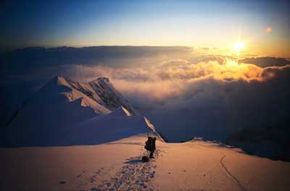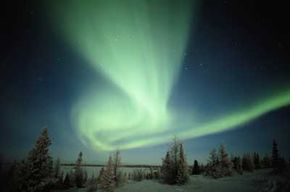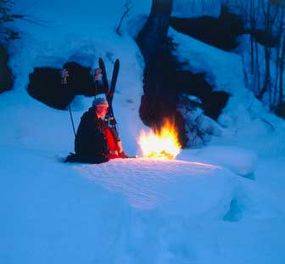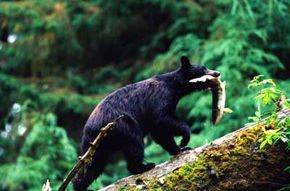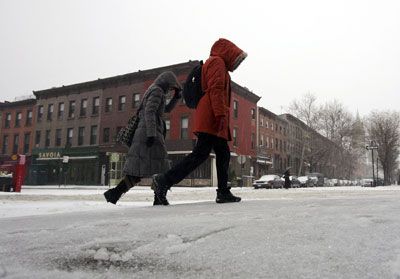The sun is setting, and you're alone -- really alone. You look around and take in your surroundings -- shrubby Alaskan tundra with stumpy bushes, velvety moss that adds punches of green to the view. No streetlights or man-made sounds puncture the setting. It's just you and the Alaskan wilderness, and somehow you'll have to make it through the night.
Often, if you get lost outdoors, food to fuel energy.
Advertisement
Before you attempt sleep, create a mental plan of how to fulfill your immediate needs before night falls. Unless you're in immediate danger, stick close to where you first lost your way to increase your chance of being found. Then, after taking care of any physical injuries, shelter is your first priority. Secure a safe location and build a shelter that will provide adequate protection from predators and the elements but doesn't take too much of your energy to build.
In Alaska, your next task would likely be making a fire. Whatever the season or location, fire is essential, warming you, allowing you to cook and boil water and serving as a signal for search parties. For many outdoor enthusiasts, fire also supplies a much-needed morale boost that helps clear the mind.
Shelter and fire top any survival priority list, but staying overnight in the Alaskan wilderness presents unique challenges for meeting those needs. Because of its distinctive geography and climate, Alaskan survival involves special considerations. For instance, how could you live through a night in sub-zero temperatures? And how do you avoid getting eaten by a bear?
Head to the next page to learn how you'll last through the night in a wintery Alaskan wilderness.
Advertisement
